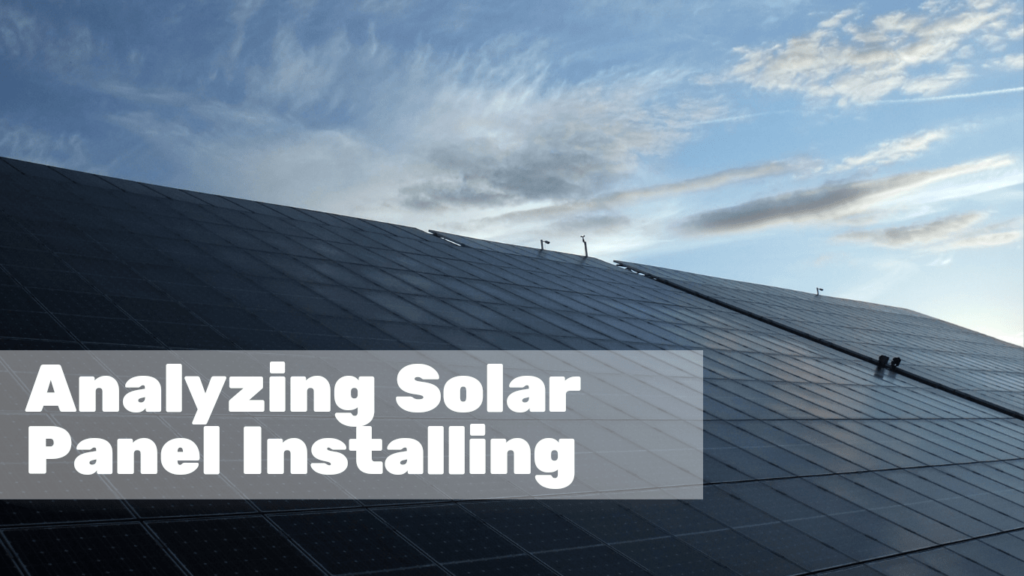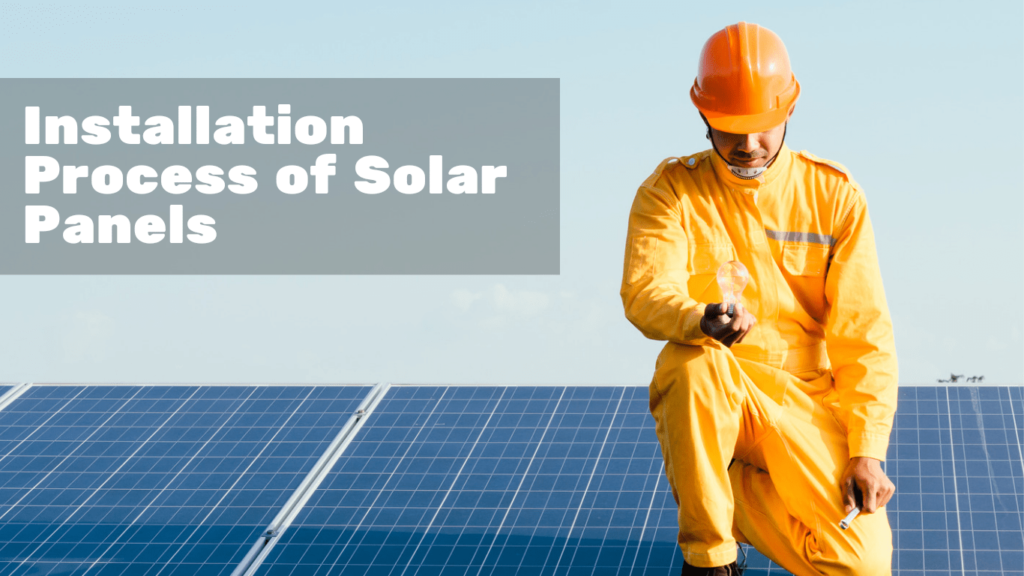Lahore, the hustling and dynamic city of Pakistan, is not only famous for its rich history and cultural heritage but it is also becoming more and more popular among expanding solar companies for energy solutions. While the planet gets affected by the chills of climate change and the depletion of fossil fuel resources, the use of renewable energy sources such as solar power represents a ray of hope for the world. In this blog, we will take a tour of the process of solar panel installation by solar energy company in Lahore.
Table of Contents (Solar Panels)
Why adopt solar power in Lahore?
Lahore, among other cities, is exposed to the complicated challenges of air pollution and environmental degradation. What makes matters worse is the fact that there is a steep rise in the level of emission of greenhouse gases and pollutants as a result of the quick urbanization and dramatic population growth in the city, which represent a major challenge to the health of its residents. With this in view, the move from solar power serves as a promising tool to reduce Lahore's carbon foot-print thereby curbing air pollution. Solar panels tap into the plentiful sunshine that keeps the city shine throughout the year, providing a clean and sustainable energy source, without high electricity bills and thereby without high electricity bills, reducing the burden on fossil fuels and easing the environmental impairment.
Economic Advantages of Solar Power
Besides environmental benefits, solar panel technology provides economic gains both for residential and commercial sectors in Lahore. However, the main boost is the opportunity for long-term cost effectiveness. The cost of buying and installing solar panels seems high at the first sight, but in return for this, you get lower electricity bills and few maintenance costs, which together result in pay-back and additional profit in the long run. Also, government incentives like net metering and tax credits make the solar power installation in Lahore more economical beyond what the cost would be by itself.
Notably, solar energy investment in a professional solar company can make homeowners save money and also put a higher value for the property leading to homeowners make a good decision financially.
Analyzing Solar Panel Installing

Analyzing solar panel installation includes following steps,;
Initial Assessment
The solar panel system installation process should begin with a comprehensive initial evaluation to maintain high efficiency, and sustain the performance of the solar panel system. This assessment involves two primary aspects: site assessment. and energy consumption analysis.
Site Evaluation
The evaluation of the site where the installation will be made should be done fully because the purpose is to determine how it fits for solar panels installation. Roof condition, orientation, and shading analysis among other variables are very important in making solar systems to yield maximum energy.
For example, maximizing south direction and number of panels detached from roof shading is an efficient arrangement.
Moreover, the roof integrity should be checked so that it can accommodate safety equipment and personnel.
Energy Consumption Analysis
The size of the solar power system depends on the energy patterns’ understanding. Through historical electricity bill electricity bills' analysis and projected energy requirements valuations, installers can calculate the ideal solar energy system' size suitable for the property's needs. This provides a guarantee that when the solar power system is functioning the output capacity is not less than required amounts in the period of time, but also the whole solar energy system will not be oversized thus, the unnecessary costs are not incurred.
Design and Permitting
At this stage, having conducted the initial assessment, the company in the process of solar panel installation then takes the design and permitting phase. In this stage, system design is tailored to match the the solar company itself' specific needs and the particular needs of the property, and all the required participating permits from the local authorities are obtained.
Customized System Design
The solar power system is designed in a way that it aligns with the specific features of the installation site, considering matters such as roof topography, available area, and energy usage pattern.
It consists of identifying the best place for the installation of paneling, choosing the correct component model and capacity of the inverter, and designing the electrical wiring layout.
The team the company the aim here is to put up a system solution that produces solar energy systems efficiently while integrating it perfectly with the electrical network in place.
Installation Process of Solar Panels

With equipment ordered and permits secured, work on installation of best solar panels can begin. This stage of solar energy solution comprises several major procedures, which include roof preparation services, panel mounting, electrical wiring and testing.
Roof Preparation
The roof must be good enough to provide support for the solar panels as that will guarantee that the solar panels will remain in good condition for a long time. It might include scrubbing the surface, patching any affect, and strengthening the foundation if required.
In addition to that, due attention should be paid to waterproofing techniques in order to prevent leaks and moisture from coming in, hence protecting the quality of the roof and the structure underneath it.
Panel Mounting
Next, the roof should be prepared, the solar panels mounted securely in place after it has been done with. This usually means putting up the rails or the frames on the roof surface and, afterwards, securing the panels on these structures.
Care should be given to the pitch and orientation of the panels so as to maximize the ability of the panels to trap sunlight and thus maximum solar energy for production. Apart from this, sufficient spacing between solar panels should be observed to enable wind to flow through easily and poor air circulation to be minimized.
Electrical Wiring
After the panels are fixed, the next procedure is to link them with the electrical grid of the property. This involves running the wires from the panels to the inverter and it converts the direct current (DC) that is produced by the panels into the alternating current (AC) which is suitable for domestic consumption. Appropriate sizing and installation of electrical conduits, cables, and junction boxes are necessary establish a safe and efficient operation.
Furthermore the system needs to be properly grounded to face electrical hazards and to meet safety requirements.
Testing and Commissioning

The final phase in this installation process is to test and commission the system, in order to verify that it operates correctly and meets the requirements. The function of this requires performing electrical tests, for instance, insulation resistance and continuity checks, to confirm the wiring system’s well-being.
Besides functional tests are conducted to show the correctness of the inverters work, monitoring systems, and other components.
It will be checked if the solar system is ready to be connected to the conventional energy grid or not. If the solar system is operational, the solar system can be connected to the utility grid and begin generating clean & renewable energy for the commercial property.
Final Thoughts
With the acceptance of solar power as one of the key pillars in the city's sustainable development plan, Lahore has great opportunities to benefit from the plethora of advantages of clean, green energy. People of Lahore can use the sun’s light for their homes as well as businesses.
Also they can reduce their carbon footprint and become part of the solution to the cleaner and greener future by making the right decisions and investments and engaging in the communities. We can blaze a trail in solar power today to build a better tomorrow for both us and our children.
